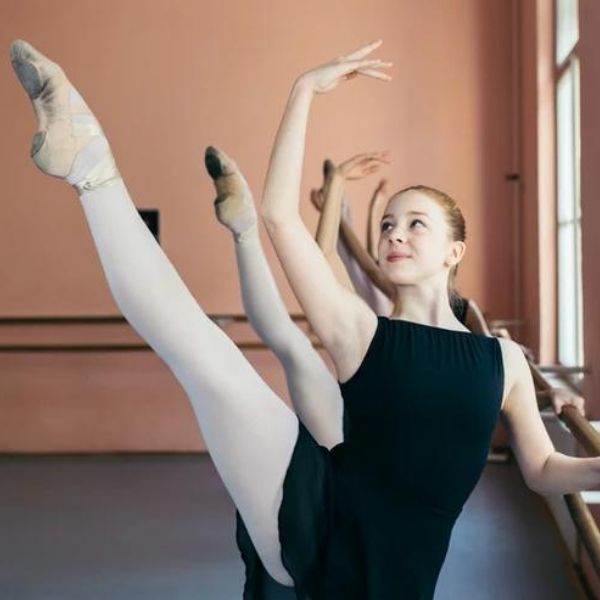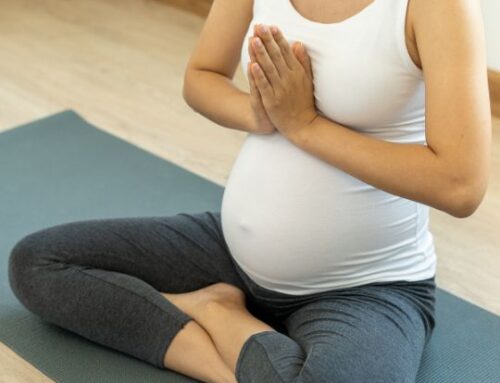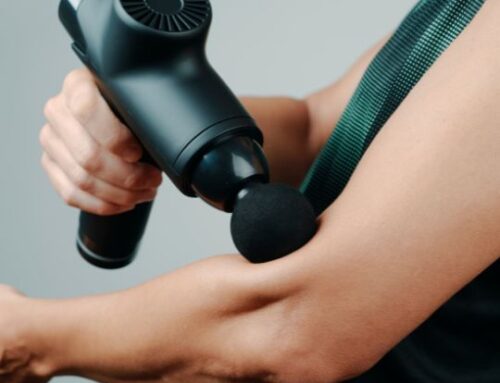Welcome back! Last blog, I made the point that dancers are different from every other kind of athlete because of biomechanics. Today, I’m going to talk about how.
Biomechanics is a huge and expansive topic when talking about dancers. So for this blog, I’m just going to focus on some of the highlights. Specifically walking, or as we refer to it in healthcare: a person’s “gait.”
A “normal” gait is one where a person walking across the room will do so by making contact between the floor and the heel of their foot. Then, that person will roll from the heel of their foot to the toe of their foot while the other leg makes contact with its heel. Ultimately, a person will propel themselves forward by “toeing off:” pushing off from their toes. This is done in roughly a parallel manner where the toes of each foot point mostly straight ahead, in the direction that the person is walking. We are taught to walk this way from the moment we first learn to walk. It is how we spend most of our time walking.
By walking this way, the various arches of the foot along with the general anatomy of the foot, all work together to keep our feet healthy and happy so we can walk on them as often as we do. However, this is nothing like how a dancer walks! Making exceptions for specific styles of dance such as tap and a few others, most dancers walk in a manner that is nearly the inverse of this method.
Most of dance is done “turned out,” that is to say with the legs externally rotated. A dancers’ gait is one that extends or develops the leg with a pointed foot so that the foot makes contact with the floor toes first. A dancer then slides that pointed foot forward across the floor rolling from toe to heel until the heel makes contact with the floor as well. Finally, as the other leg makes contact with the floor, the dancer then propels forward in the usual fashion of rolling from heel to toe, performing their toe off at last. This “dancer” gait adds an entire step to the “normal” gait pattern and while it may seem small the results are significant.
All movements are done via the muscles. Muscles are attached to bones across the joins and are supported by ligaments and connective tissue. The body is naturally designed to walk heel to toe in a parallel pattern. But dance requires a toe to heel while “turned out” pattern. This puts a whole new set of stressors on the muscles, the joints and the ligaments of not only the foot but the entire body. After all, the foot is connected to the ankle. The ankle is connected to the knee. The knee is connected to the hip and onwards up to the skull.
This means that when a dancer sprains their ankle, develops plantar fasciitis or jams their knee, it’s always in a manner very different from how a “normal” person or another kind of athlete would do it. The muscles, joints and ligaments involved are involved in a different way.
This single difference is why, when I would see a Physical Therapist, or a Chiropractor, I would often not get the results I wanted. Don’t get me wrong, I would feel great walking down the street, seeing my friends or lounging around at home: where I was using a “normal” gait. But the moment I went back into the studio to train and became a dancer again, it would be as if my injury was still fresh. That was because I wasn’t being treated for how my “dancer” body works, I was being treated for how my “normal” body works.
This is why, as a dancer, it is critical that you find a healthcare provider that truly understands your needs as a patient. When I’m treating dancers, I don’t treat them the way I would treat someone working at an office. I treat them with the needs and requirements of dance in mind! I find out what styles of dance they do, I find out what kind of movements they were doing when they were injured and I go from there.
Even when it comes to a “dance” gait, there are differences between jazz, modern and ballet. A pointe shoe changes the game yet again as now all of the force in the foot is placed solely into the toes.
I am now, how many paragraphs into this blog and we’ve only talked about how a dancer walks! This is why it is IMPOSSIBLE for a healthcare provider to simply treat dancers with the education they have coming out of school. Dancers are such a unique and special population. You need someone who understands it and who lived it to be able to really treat a dancer. So if you or someone you know is a dancer and needs help recovering from an injury or finding their best performance, please call the office and set up an appointment today! I love dance and I love working with dancers. I know what dancers need because I’ve been one for over 22 years!
Oh, ps, I’ll be continuing this topic probably forever so stay tuned for updates on this blog. I plan on talking a lot more about other biomechanical differences between dancers and non-dancers, this includes differences between male and female dancers too! I also plan on covering topics like nutrition and mental health and how both affect a dancer’s ability to achieve their best performance. Until next time!





